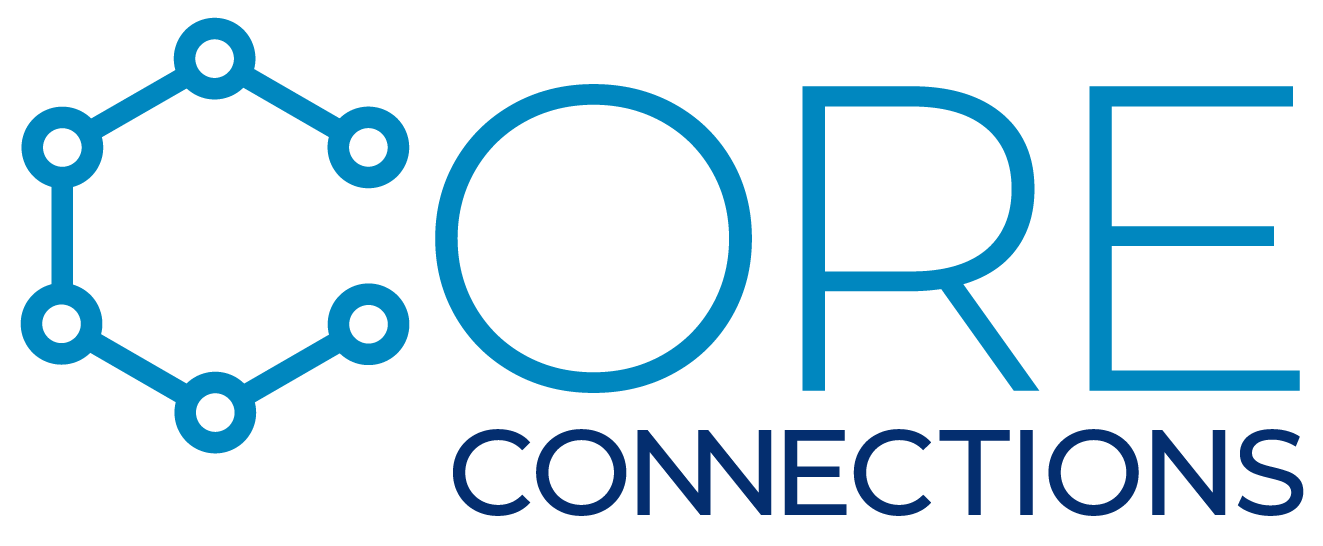 It wasn’t long ago that being productive at work, meant that team members needed to occupy the same space. Today, however, that’s no longer the case. Collaboration and efficiency at work are pushing conventional boundaries and moving beyond the ‘this is the way we’ve always done it’ mentality. Today, leading organizations are learning to let employees accomplish their tasks when and where they can be most productive and innovative. Part of the collaboration transformation is the greater adoption of Results Only Work Environment or ROWE in workplaces. Organizations taking this approach to management measure team members by performance, results, and output – rather than physical presence in an office or number of hours worked.
It wasn’t long ago that being productive at work, meant that team members needed to occupy the same space. Today, however, that’s no longer the case. Collaboration and efficiency at work are pushing conventional boundaries and moving beyond the ‘this is the way we’ve always done it’ mentality. Today, leading organizations are learning to let employees accomplish their tasks when and where they can be most productive and innovative. Part of the collaboration transformation is the greater adoption of Results Only Work Environment or ROWE in workplaces. Organizations taking this approach to management measure team members by performance, results, and output – rather than physical presence in an office or number of hours worked.
Getting it right takes building a strong company culture around accountability and making a commitment to providing tools to support more flexible and collaborative ways of working. A company that rewards collaboration and sets clear, measurable goals to keep the entire organization committed to productive flexibility are the most successful. According to research firm McKinsey, collaboration is a critical piece to the productivity puzzle. They estimate effective collaboration can improve a company’s productivity by 20 to 30 percent. (Source: McKinsey).
Leading organizations are finding ways to leverage technology that aligns with their corporate strategy for driving efficiencies and increasing employee engagement. Let’s look at ways collaboration is shaping the future of the workplace.
- Replacing unproductive meetings with integrated collaboration tools – Studies tell us that unnecessary meetings cost American companies $37 billion per year (Source: Robert Half)! Meetings are one of the biggest challenges facing collaboration in the workplace because the regular meeting involves a lot of waiting, daydreaming, or feeling overwhelmed. To reverse the trend, businesses need to get smarter about how to collaborate. Collaborative technology can enable an entire organization – even with a global footprint – to connect at a moment’s notice, supporting a more engaged workforce and building alignment across efforts. Video conferencing and voice conferencing solutions that allow for real-time meetings make it possible to jump on a call to resolve issues on the fly, saving time and resources once spent trying to get a meeting on everyone’s calendar or waiting for distracted attendees or late meeting participants, for example.
- Extended teams unite – Collaborative applications and project management tools like Slack, Google Docs, WhatsApp, and WeChat are bringing more integrated collaboration capabilities to extended and distributed teams. Imagine if your company is reviewing an RFP for a new project with an extended team – some individuals are working in the same office, plus remote freelancers and contractors, and many other team members working remotely. Scheduling a ‘conventional in-person meeting’ or even a virtual meeting is a major undertaking. Then, once it’s scheduled there’s ‘screen sharing’ sessions where participants review proposed changes and map out the next steps, assignments for making edits, and possible follow-up meetings for final review. As an alternative, collaborative tools can provide more coordinated and secure collaboration for all contributors, giving authorized members access to corporate data, as well as providing tools for seamless and productive interactions with others. Using one collaborative tool in this RFP example teams can eliminate slow and fragmented review cycles. Individuals can review the RFP and decide who to share it with, with an option to notify and assign team members tasks directly from the document. Setting a deadline and letting people work when and from wherever they’re at their most productive, is where optimal collaboration and productivity meet. When companies can reduce the number of monthly meetings and foster more effective communication with real-time conversations and supplement with collaborative technologies, they will succeed.
- Visual collaboration – Visual collaboration tools are another way teams are simplifying ways to share complex information. Take a look at high-performance collaboration tools like Oblong’s Mezzanine application. The solution visualizes information so your team can respond quickly to situations, solve problems, and make decisions. It provides a gesture-controlled user interface that creates an immersive environment. These types of collaborative visual tools to foster more seamless communication and make content more accessible to support more efficient workflows. (Source: Oblong).
Whether your team is working in a traditional corporate office, a huddle room, a home office, or some combination of these, today’s collaborative workplaces look very different than 20 years ago. As companies continue to reimagine what workplace collaboration looks like, new technologies are playing a major role. Tools that can make collaboration simpler and more seamless can help companies drive higher productivity and profits while also making employees happier.
